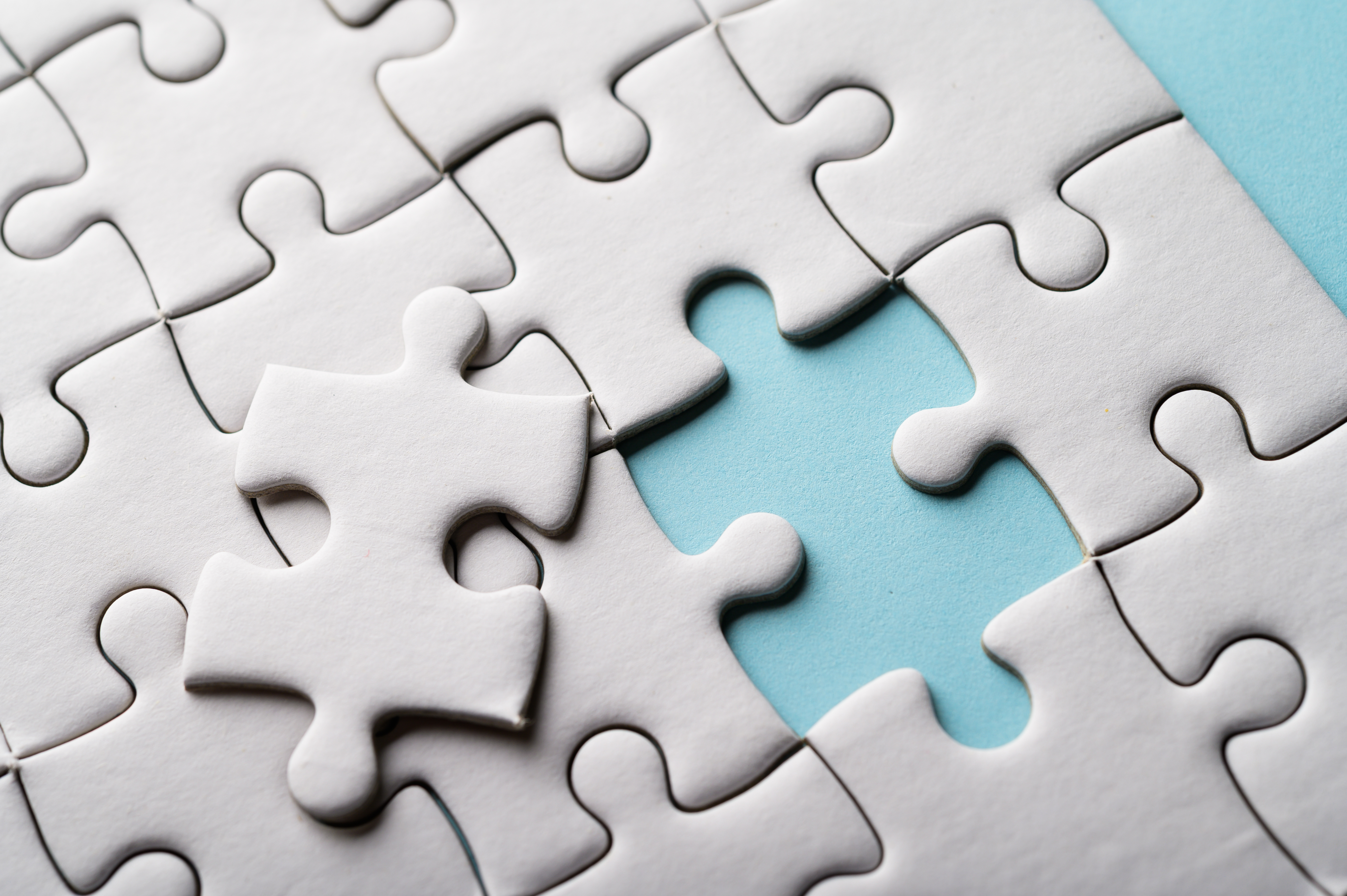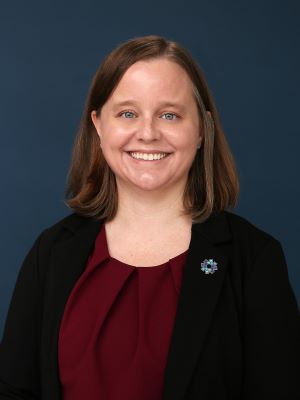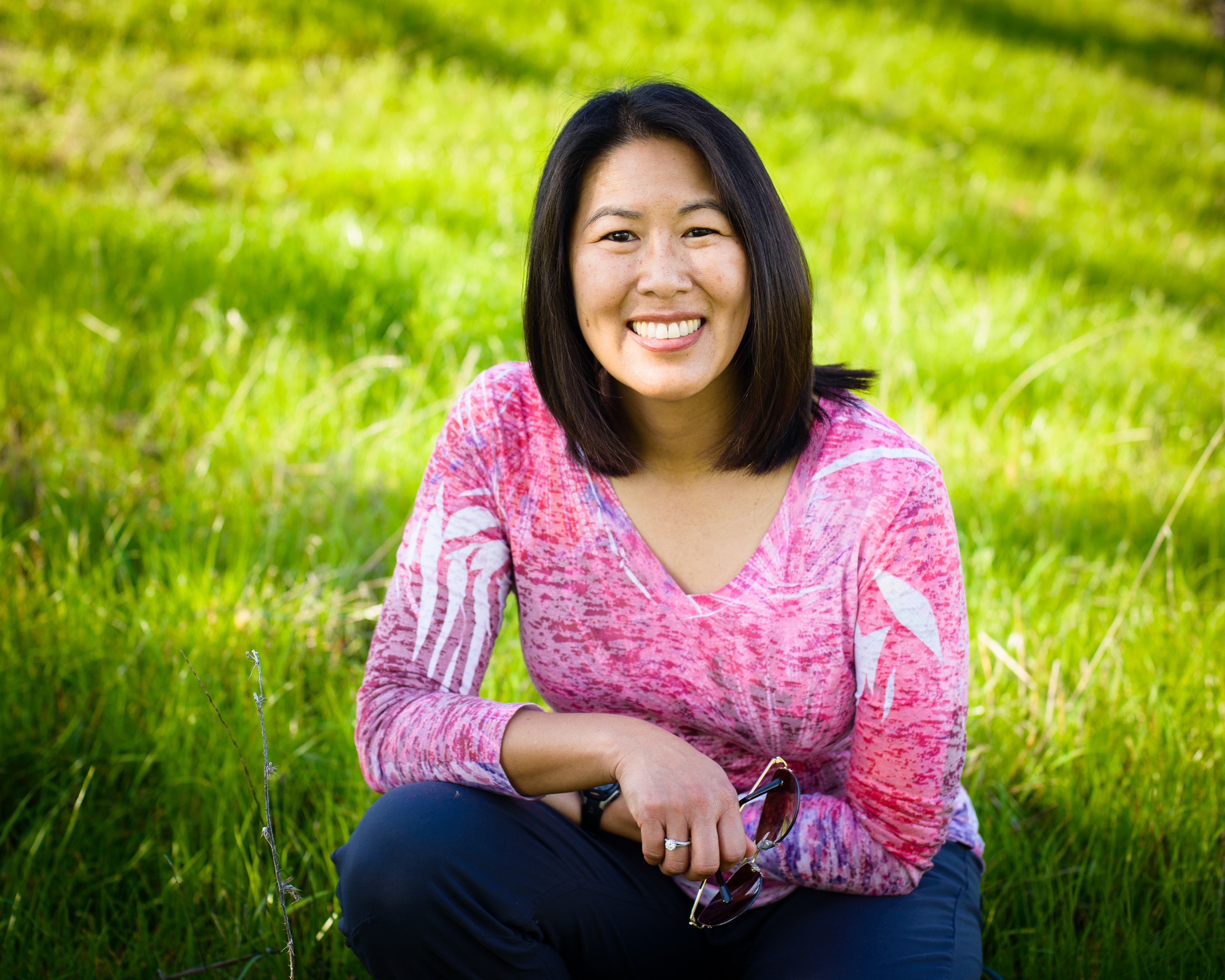
Q&A with Jacqueline Yau, Medical Center Development, Stanford University, Associate Director, Donor Relations
Can you tell us about your career trajectory? How did you come into donor relations as a career?
I’ve spent much of my career in marketing and communications in the private sector building programs, increasing brand value, rolling out products, and deepening consumer engagement. In the decade prior to joining donor relations, I started my own marketing consultancy. Between projects, a college friend sent me an email to inquire if I was interested in interviewing for a possible six-month contract, outside of my normal projects, to help her friend who was going on maternity leave. That position resided in my current work group. Although the initial contract position was eliminated, I was later offered the opportunity to interview for another position on the team. Despite enjoying the independence and variety of my marketing career, I found working in donor relations for Stanford Medicine really satisfying, fun, and filled with intelligent and good people. I was ready for a career pivot. I just loved my team, the mission of our group, and our culture.
What influenced your interest in and passion for donor relations?
When I look back over my career and volunteer work, I have always been interested in connecting people and engaging them whether it’s volunteering and working on my college reunion, building a brand loyalty program, or stewarding our donors to ensure we connect them to the joy of their giving. We serve as the voice of the donor. It’s a privilege to help donors understand the impact of their philanthropy.
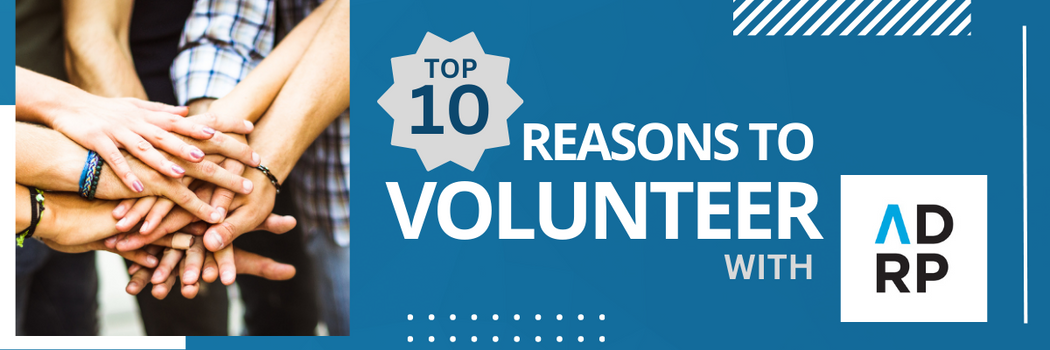
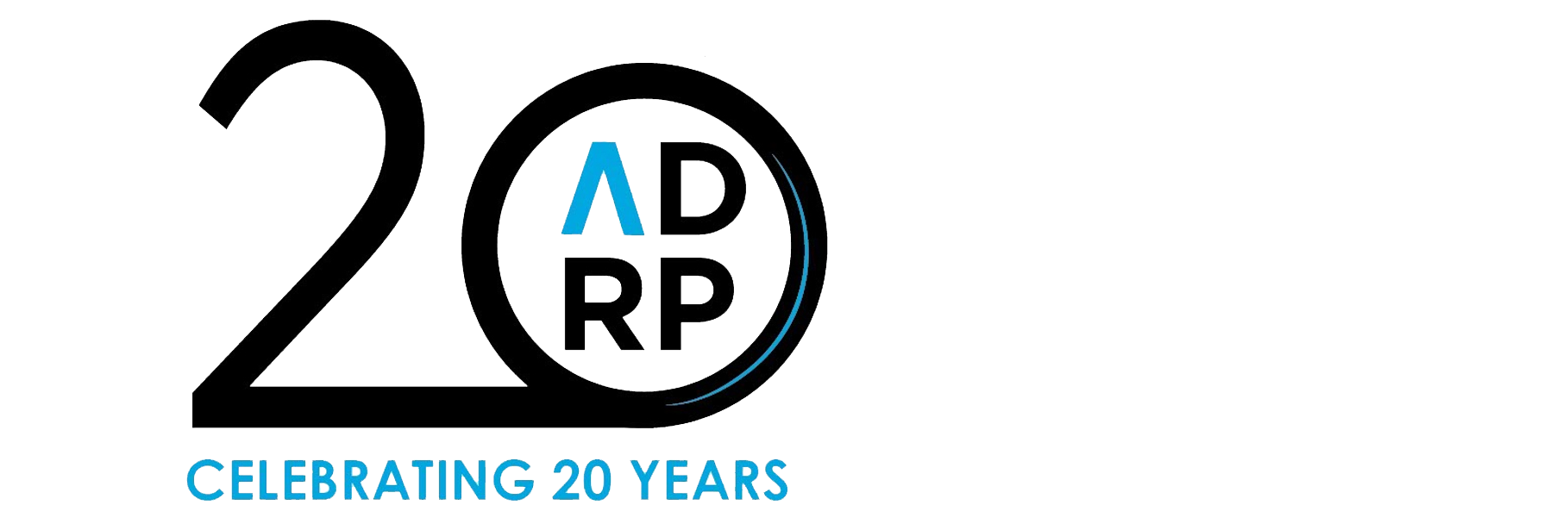
 Cheryl Smith Lintner
Cheryl Smith Lintner
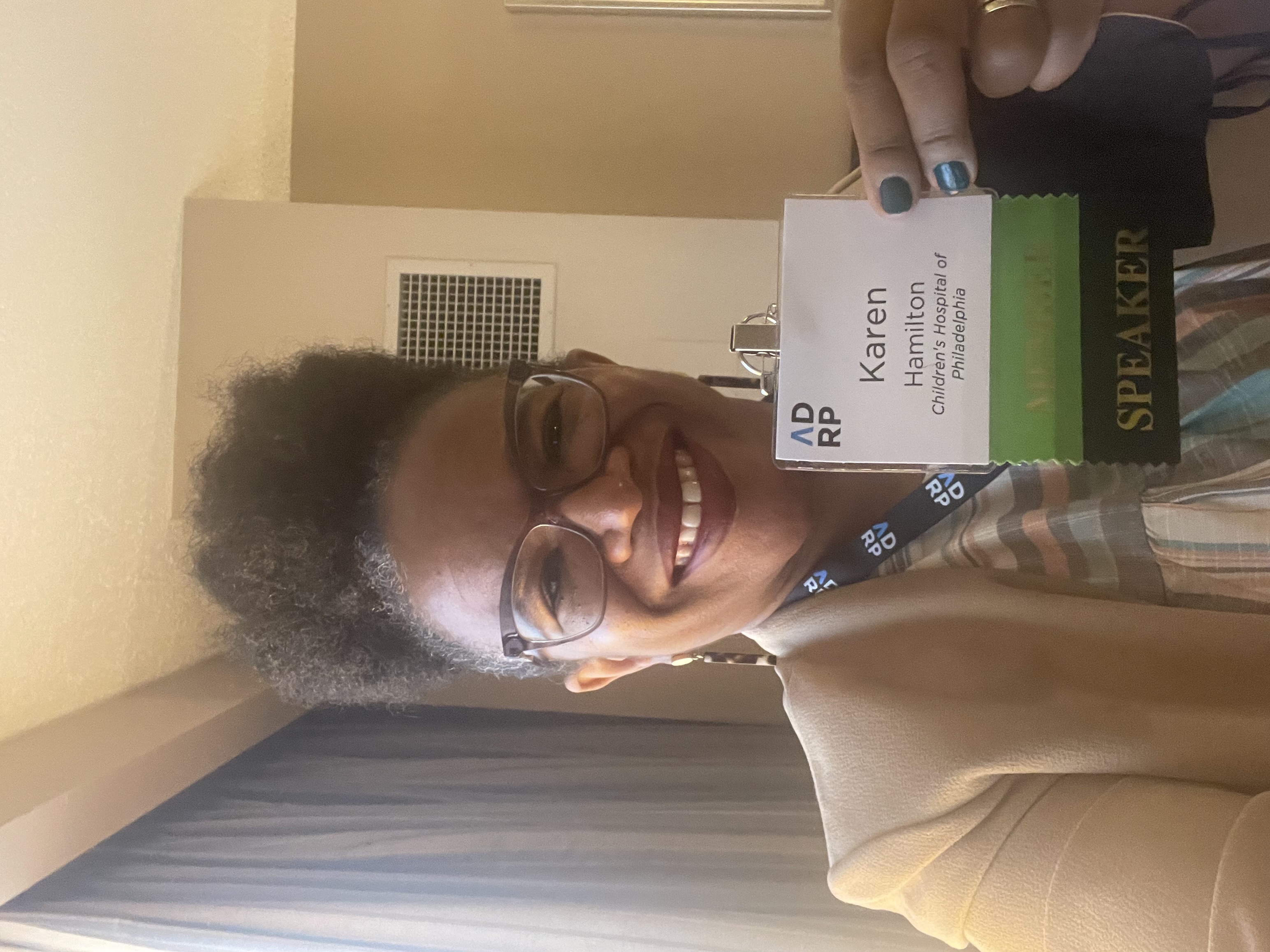 Karen J. Hamilton
Karen J. Hamilton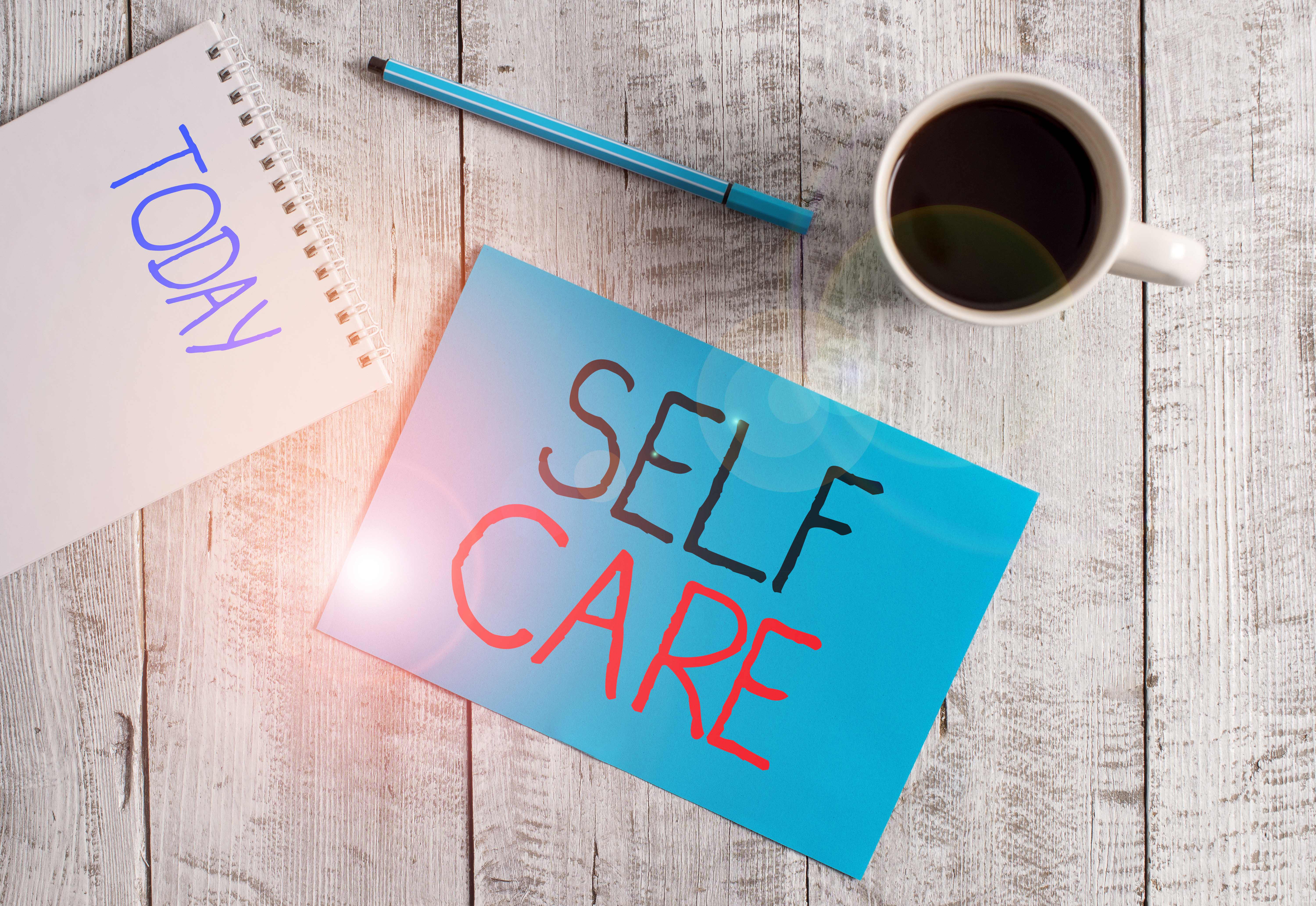
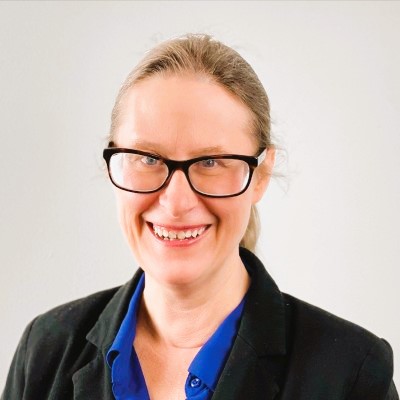
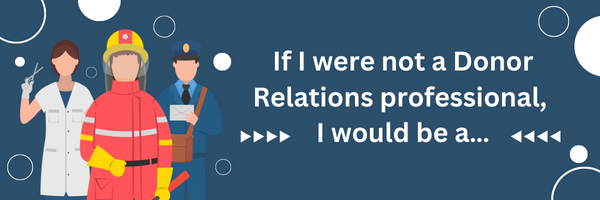
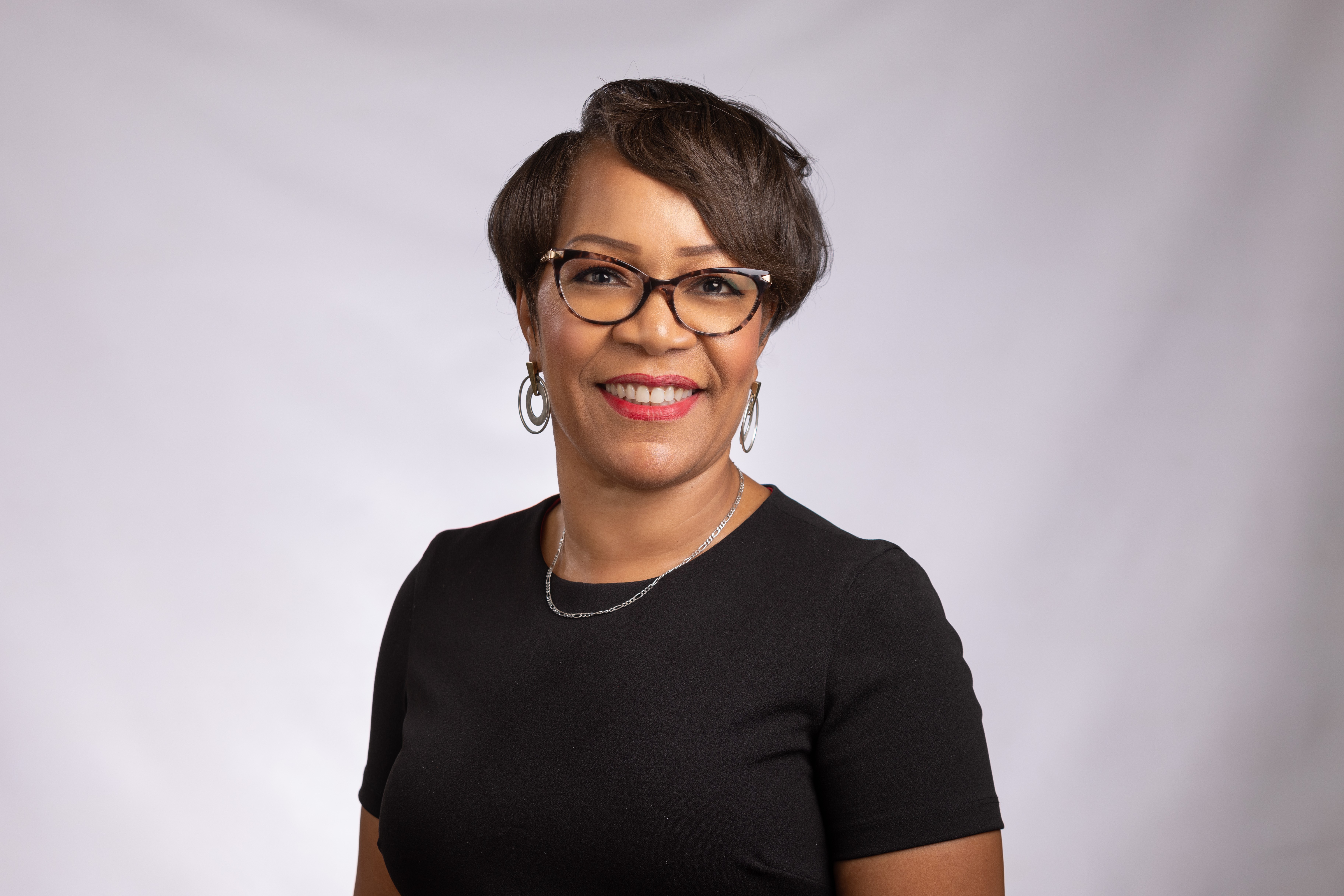 Sonja Dotson
Sonja Dotson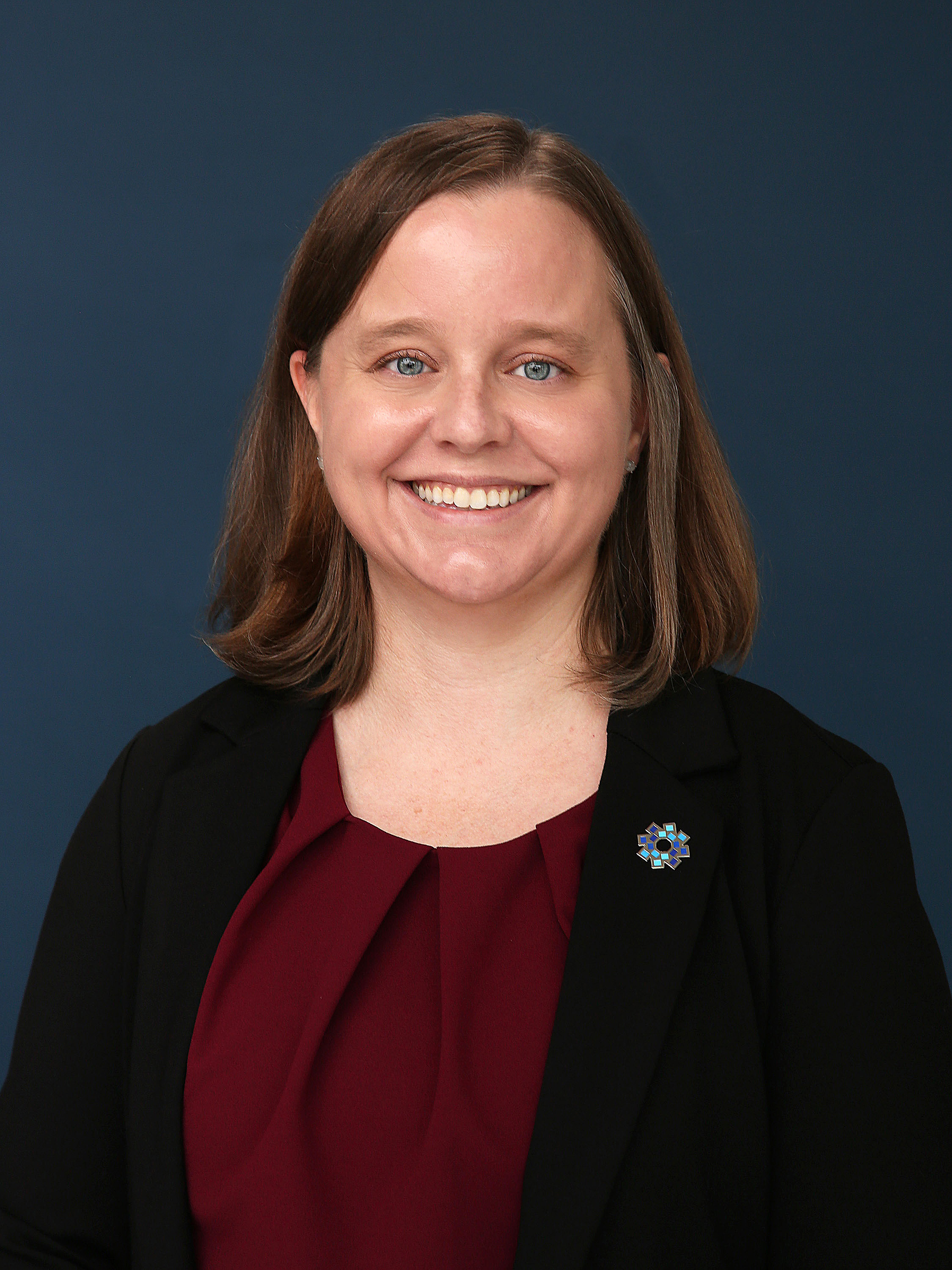
 Marcelle Austin, Editor
Marcelle Austin, Editor